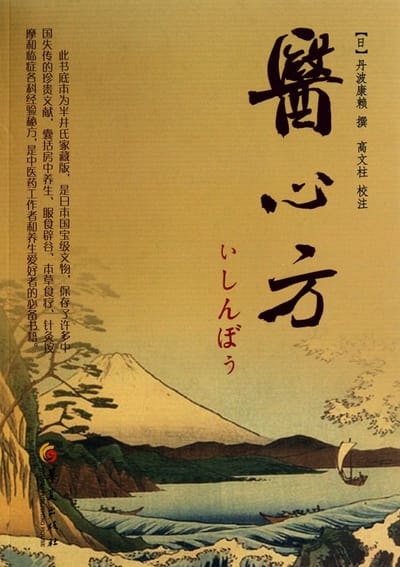Global Healing Traditions #1: Japan’s Onsen Therapy

In the global atlas of wellness practices, few traditions are as enduring or as commercially successful as Japan’s onsen. What began as a sacred gift of the earth has become a blend of lifestyle, medical therapy and industry, rooted in history yet reinvented by modern science and tourism. Far more than a hot bath, the onsen is a social space, a healing ritual and a cultural export.
Origins: From Myth to Mass Practice
Archaeological traces suggest that hot-spring bathing dates back to Japan’s Jōmon period. In the country’s oldest myths, gods were said to heal their wounds in the waters, giving onsen a sacred aura. By the 7th century emperors were visiting Arima and Dōgo springs; later, in the Edo period, stability and travel brought bathing to commoners.
This evolution reveals an important insight: onsens were never just about health. They became a cultural contract. The etiquette of washing before entering the bath, the quiet atmosphere inside, and the emphasis on collective order reflect Japan’s deep-rooted values of harmony and restraint. The bath is as much a “public health space” as it is a therapeutic one.
Science: The Triple Mechanism of Healing
Modern balneology confirms what centuries of practice intuited: the therapeutic effect of hot springs lies in three interconnected mechanisms.
- Physical action. Warm water at 37–40°C dilates blood vessels, improves circulation, relaxes muscles and joints, and—thanks to buoyancy—lightens the body, aiding rehabilitation.
- Chemical composition. Sulphur springs expand arteries and reduce blood pressure; iron-rich waters help with anaemia; carbonated springs stimulate peripheral blood flow. Minerals seep through the skin, acting as subtle medicines.
- Psychological relief. Perhaps most significant is the “transfer effect”: escaping daily stress, surrounded by mist and mountains, restores mental balance. In this sense, onsen therapy is as much environmental psychology as it is hydrology.
The lesson is clear: hot-spring healing is not “water medicine” alone, but a form of environmental medicine—a synergy of physics, chemistry and psychology.
Place and Experience: The Geography of Onsen
Japan counts more than 3,000 hot springs, each with distinct mineral qualities and cultural identities.
- Kusatsu (Gunma). Sulphur-rich and acidic, famed for sterilising power and its dramatic yubatake (hot-water fields).
- Dōgo (Ehime). With 3,000 years of history, its wooden bathhouse is a cultural icon immortalised by Natsume Sōseki.
- Gero (Gifu). Alkaline waters lauded as “beauty baths” for softening the skin.
- Arima (Hyōgo). Ancient, once frequented by emperors, offering both “gold” (iron-rich) and “silver” (carbonated) springs.
- Beppu (Ōita). Japan’s most prolific source, famous for “hell-steamed” cuisine.
- Ibusuki (Kagoshima). Unique for its sand baths, where guests are buried in naturally heated sands.
What these destinations reveal is another shift: competitive advantage now lies less in water quality than in experience design. Kusatsu’s theatrical hot-water fields, Beppu’s culinary innovations and Ibusuki’s sand therapy show how onsens evolve from medical sites into cultural stages.
Adaptation at Home: Chinese Medicine Parallels
Not everyone can fly to Kyushu or Hokkaidō. Yet the principles of onsen resonate with traditional Chinese medicine (TCM), which offers home-based adaptations.
- Herbal foot baths with mugwort or safflower mimic the circulatory benefits of mineral springs.
- Hot baths infused with ginger or salt simulate the warming, detoxifying effects of chloride or sulphur waters.
- Environment matters: candlelight, incense and natural sounds recreate the transfer effect.
- TCM’s dictum of “warm the feet, cool the head” echoes the Japanese concept of tōji—long-term bathing for systemic balance.
In both traditions, the therapeutic essence is not geographical but elemental: water, heat, minerals and environment.
Conclusion: The Return to Nature
Onsens remind us that healing is not merely a medical act but a dialogue with nature. TCM speaks of “harmony between man and heaven”; Japanese tōji seeks balance through water, minerals and landscape. Both converge on the same truth: health is restored not by resisting nature but by aligning with it.
In the modern city, this is more than nostalgia. A basin of hot water or a modest herbal soak may be enough to reconnect body and mind with the rhythms of the earth.
No spam, no sharing to third party. Only you and me.





Member discussion